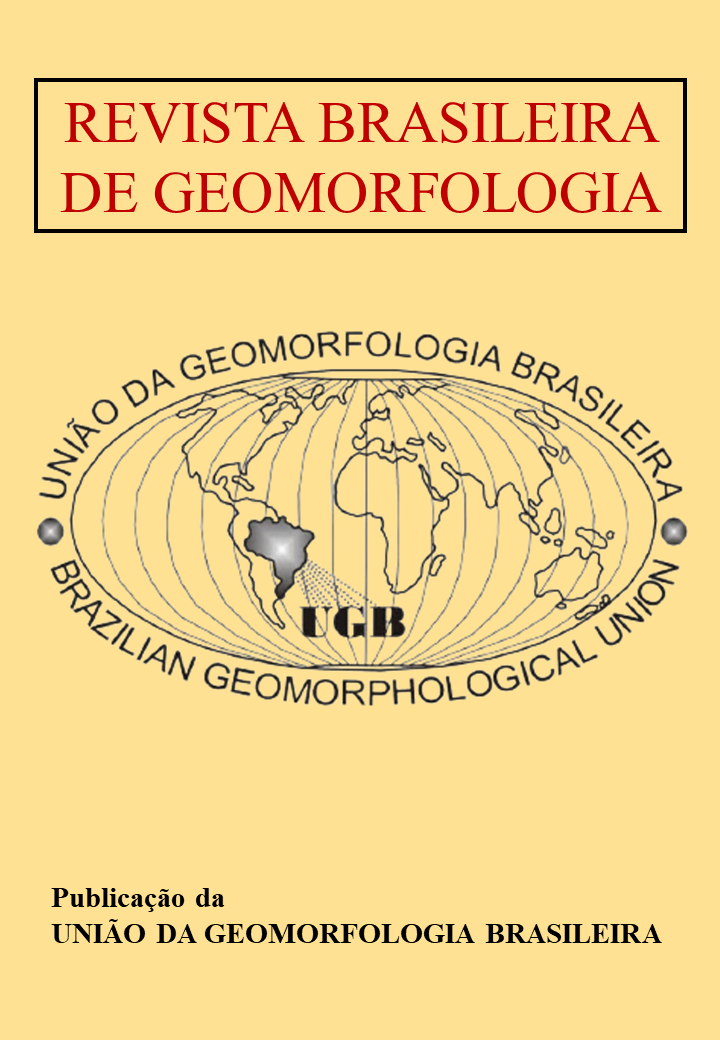Sandy soil spots in northwestern Paraná: approaches for identification and quantification
DOI:
https://doi.org/10.20502/rbg.v25i4.2614Palavras-chave:
Sandification, Sandy Patches, Pedogenic Processes, Satellite Images, ErosionResumo
The predominance of sandy soils in the Northwest region of the state of Paraná, associated with the removal of natural vegetation, favored the development of patches of white sand on the surface without any aggregation. These spots are associated with the different types of land use existing in the region and the process of lateral soil transformation. As they constitute material without aggregation, they can be easily transported by wind and water and deposited in water bodies, causing severe environmental impacts. Thus, using thermal infrared satellite images, the objective of the present study was to map, determine the formation process of the spots and estimate the predominant particle size fractions. The model used and validated with field and laboratory information, allowed the identification of surfaces with patches of white sand present in the study region and estimating their percentage in different classes. After filtering the samples with vegetation cover during the product calculation period, an R² of 0.78 was obtained. The removal of natural vegetation has contributed to the formation and expansion of sandy patches and erosion in the northwest region of Paraná.
Downloads
Downloads
Publicado
Como Citar
Edição
Seção
Licença

Este trabalho está licenciado sob uma licença Creative Commons Attribution-NonCommercial 4.0 International License.
Autor(es) conservam os direitos de autor e concedem à revista o direito de primeira publicação, com o trabalho simultaneamente licenciado sob a Licença Creative Commons Attribution que permite a partilha do trabalho com reconhecimento da autoria e publicação inicial nesta revista.










